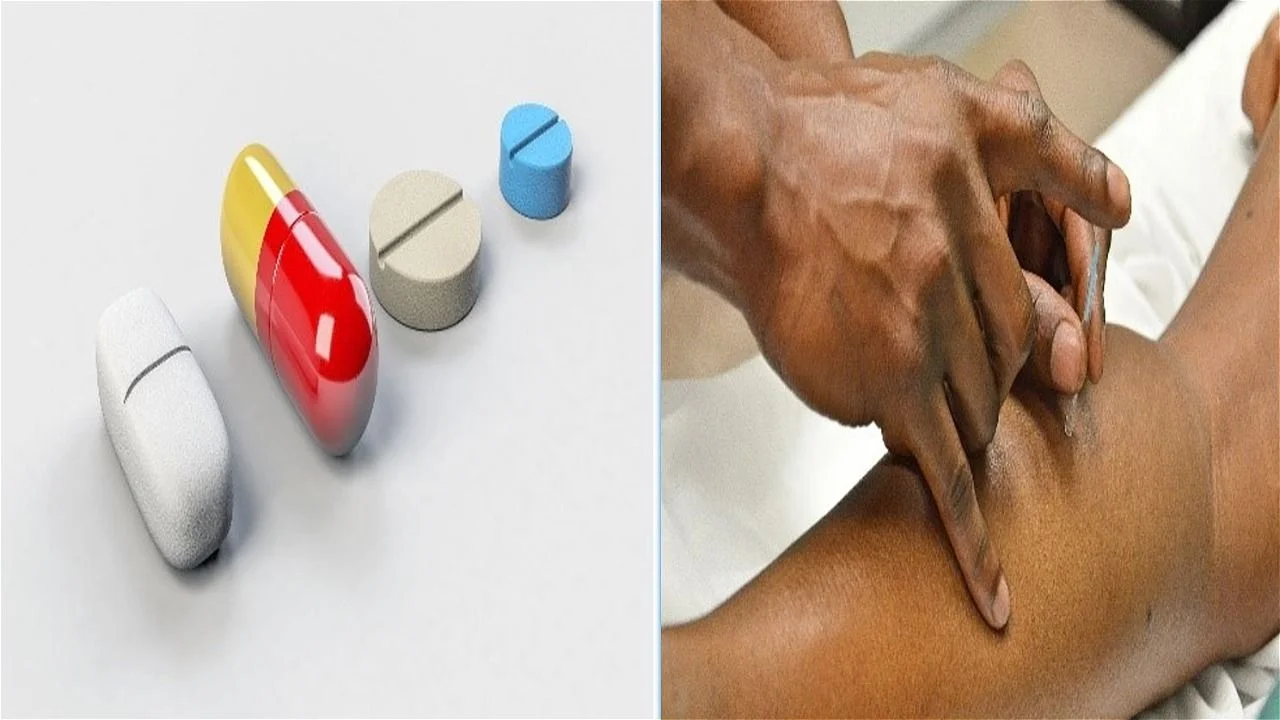
Integrating the two major medical and philosophical approaches is mandatory! It will optimize the diagnosis and therapy of many chronic patients worldwide.
The required conclusions. (Which do not exist in reality).
- Modern medicine provides an excellent response to urgent and short-term cases where self-healing is impossible, such as genetic diseases, the elderly and children, pregnant women, emergency cases, and severe injuries. (Of all types)
- Conventional medicine has advanced diagnostic tools and lab tests essential for a better diagnosis.
- Self-healing medicine has inherent advantages in balancing the body, mind, and spirit required for recovery from severe illnesses, chronic diseases, and continuous disability. In all situations, the spirit's triumph over the body is part of recovery. (Physical and mental)
Conventional Medicine VS. Self-Healing Functional Medicine. |
||
|
Category |
Conventional Medicine
|
Self-Healing Medicine
|
Philosophical Aspects. |
||
|
View of the human body. |
It is seen as a machine – tissue, flesh, and bones. |
Seen as One Unified Entity. |
|
Mind, Body & Spirit. |
It is seen as Three Separate entities. |
Mind, body, and spirit are reflections of each other. |
|
The role of medicine. |
To fight infection; Combat diseases by suppressing symptoms. |
Restores harmony, which makes symptoms disappear. |
Diagnosis. |
||
|
How is the diagnosis obtained? |
After a long series of tests. |
After hearing the patient's story and examining easy-to-evaluate signs and symptoms. |
|
Laboratory testing. |
A wide range of tests, both invasive and non-invasive. |
Basic lab testing. |
|
Time spent with the patient. |
It varies, but for non-invasive procedures, it usually takes minutes for each session. |
It varies, but it often requires much longer sessions than conventional medicine. |
Treatments. |
||
|
The focus of treatment. |
Organs/ Systems. |
Restores blocked energy – Holistic. |
|
Types of Treatments. |
Invasive procedures; The extensive use of pharmaceuticals. |
Promotes Self-healing; Uses herbal medicines. |
|
Purpose of Treatment. |
Only sick care. |
Comprehensive healthcare. |
Medical centers, therapists, supervision & control. |
||
|
Medical centers. |
Hospitals, institutes, health centers, laboratories. |
Usually, there are small clinics, although there are departments in big health centers. |
|
Therapists. |
Licensed Medical Doctors and Nurses. |
A large variety of therapists. They are not always licensed. |
|
Supervision & control. |
Tight supervision and control. |
Partial supervision and control. |
Analysis of Strengths, Weaknesses, Opportunities, Threats. (SWOT) |
||
|
Category |
Conventional Medicine
|
Self-Healing Medicine
|
|
Strengths |
|
|
|
Weaknesses |
|
|
|
Opportunities |
|
|
| Threats |
|
|
Continue reading: Modern medicine vs. self-healing — SWOT analysis.




